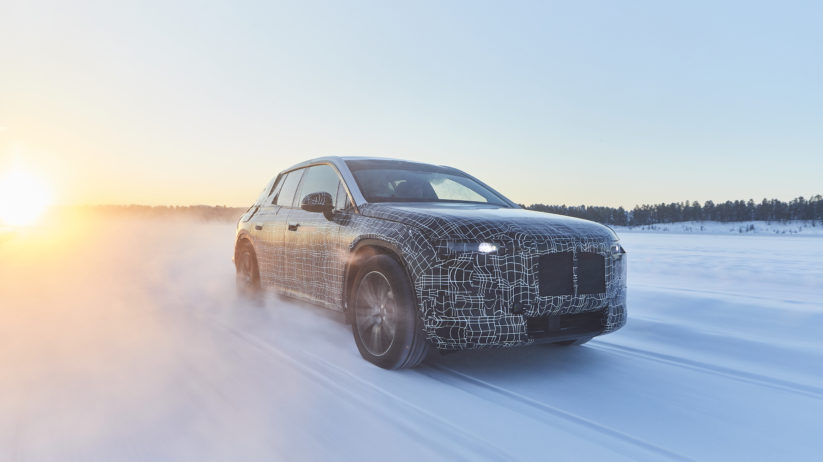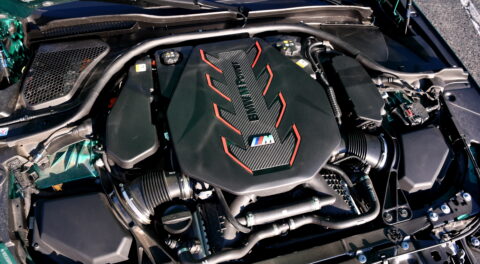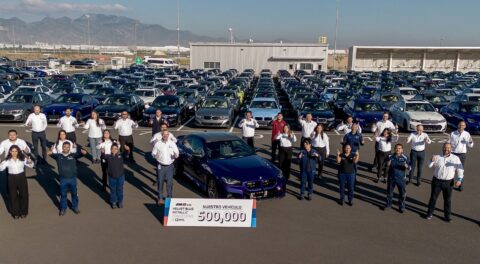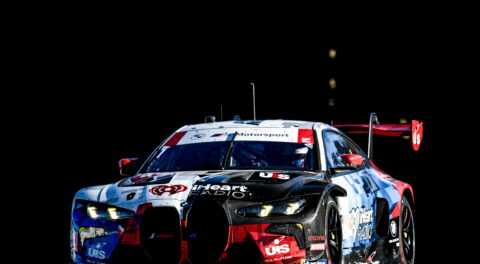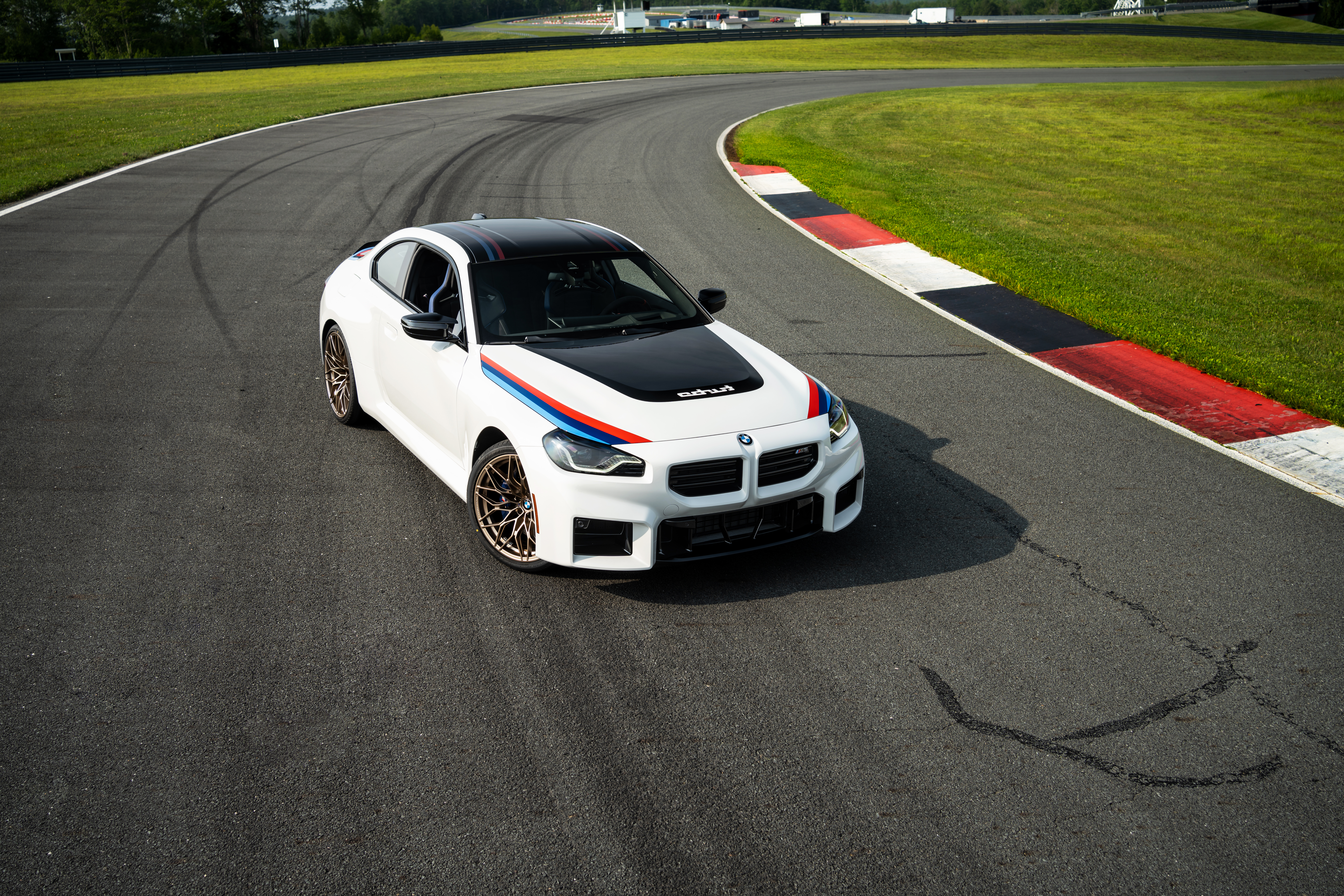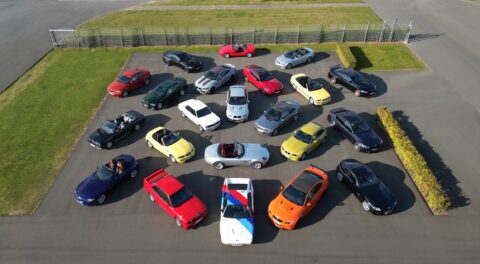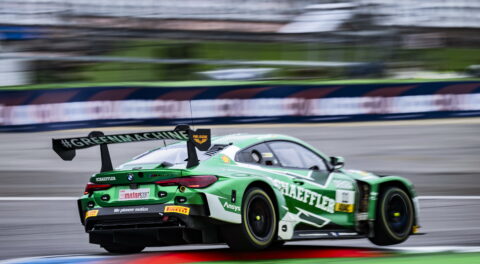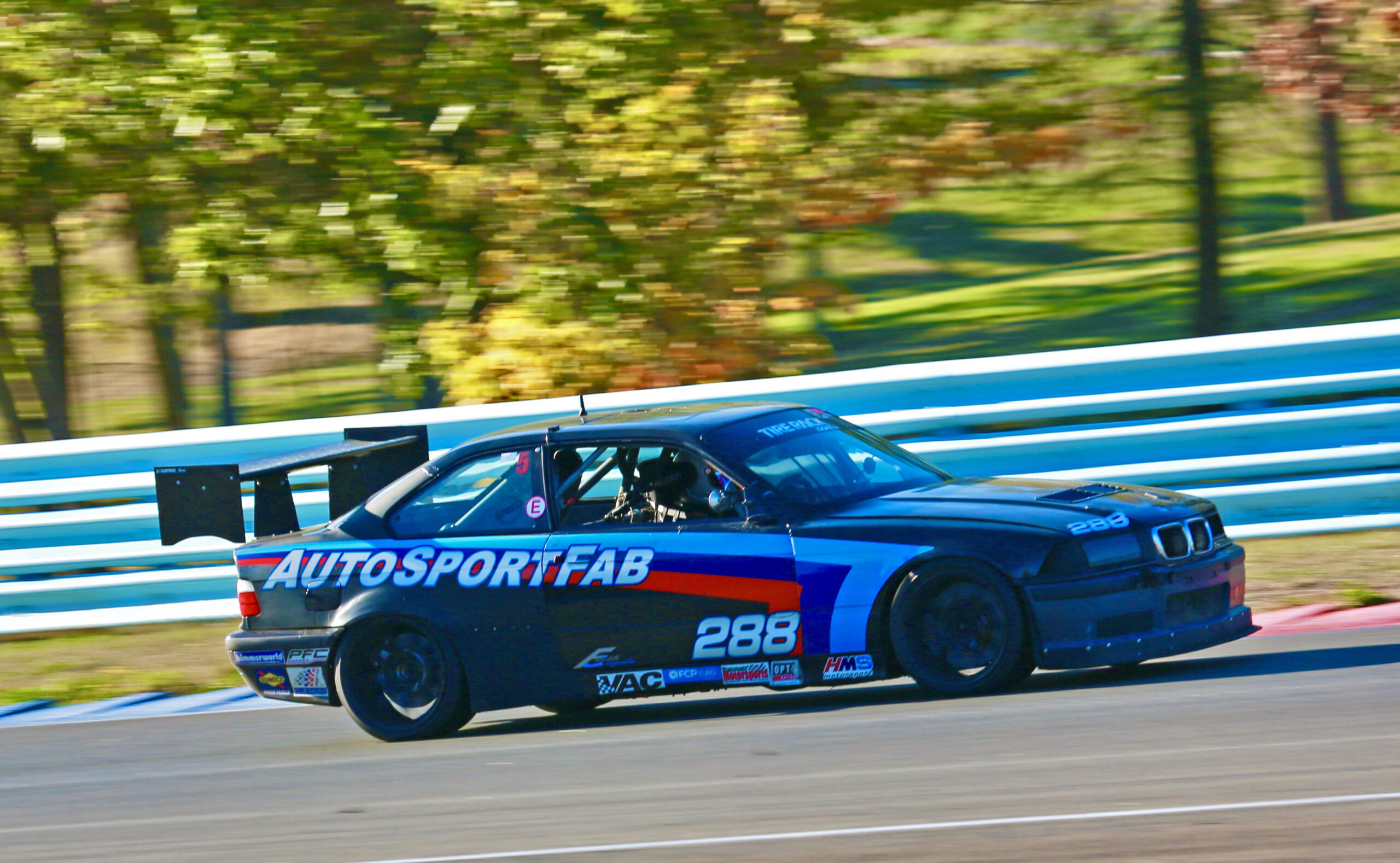BMW’s upcoming iNext electric SAV is being put through its paces up near the Arctic Circle at the BMW Group winter test facility in Arjeplog, Sweden. While these trials are standard fare for any production vehicle regardless of propulsion system, the iNext is a rather special case because of just how advanced it is. Beyond the collection of cutting-edge technology making such a vehicle functional though, the latest round of official press photos also provide an updated look at how BMW’s focus strategy is shaping up before volume production commences in 2021.
Beyond first-tier systems like intelligent xDrive and the transmission itself being challenged by difficult conditions in freezing temperatures such as slick, frozen road surfaces or fresh, unplowed snow, the vast array of cutting-edge electronic systems will also be tried by the environment. Many are aware that the batteries which are used to power electric vehicles tend to suffer in terms of capacity and subsequent range when exposed temperature extremes, but the iNext is much more than just an electric X3.
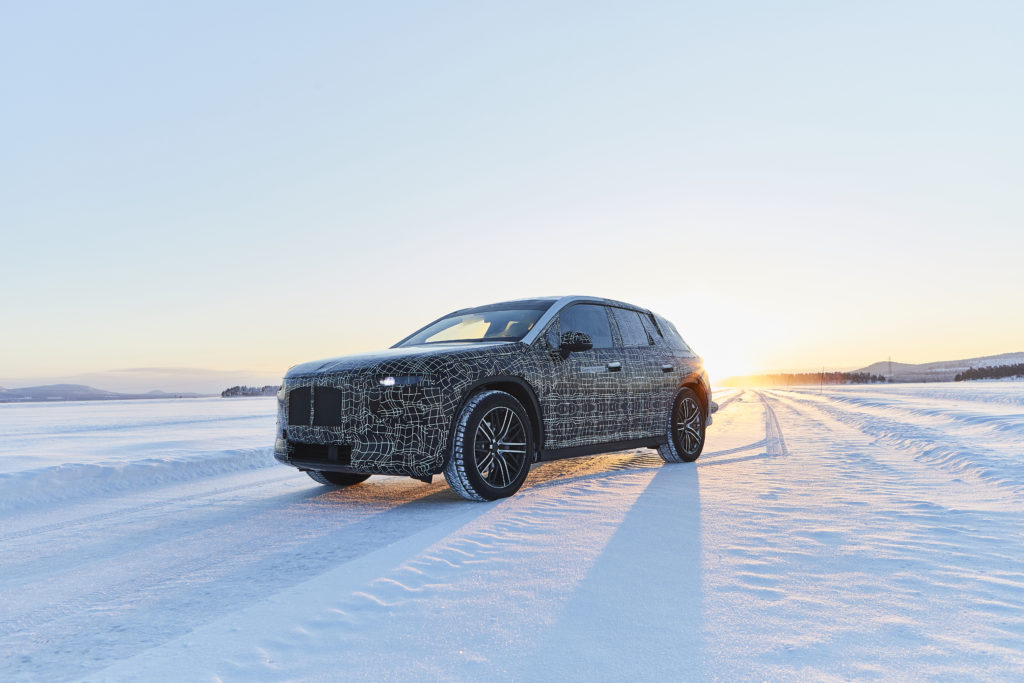
While the 7 Series was the traditional flagship in terms of new technology and its practical application to driving, the crown has now been passed to the iNext, which is a key component in BMW’s Number One > Next strategy. Beyond an exclusively electric drivetrain, iNext is also intended to be a leader in autonomous driving technology and other assistance and safety systems. Like batteries which tend to suffer in the cold, self-driving cars, in their current technological state, are limited in their ability to cope with poor road surfaces and bad weather conditions. The same goes for traction control mechanisms like DSC (dynamic stability control). Unrefined, early or rudimentary versions of these systems were known for easily being overwhelmed once poor weather entered the equation.
It’s not uncommon for these self-driving systems to prompt for driver input when painted lines become worn, or when rain or snow begin to descend in force. When it comes to DSC, while later and more refined versions have become quite useful in the snow, some of the first versions were best left turned off to maneuver to your specific liking. Finding the absolute limitations of these systems on the iNext in a place that offers conditions which will likely far exceed those of the vast majority of conventional use in the real world is all part of the process that seeks to improve them.
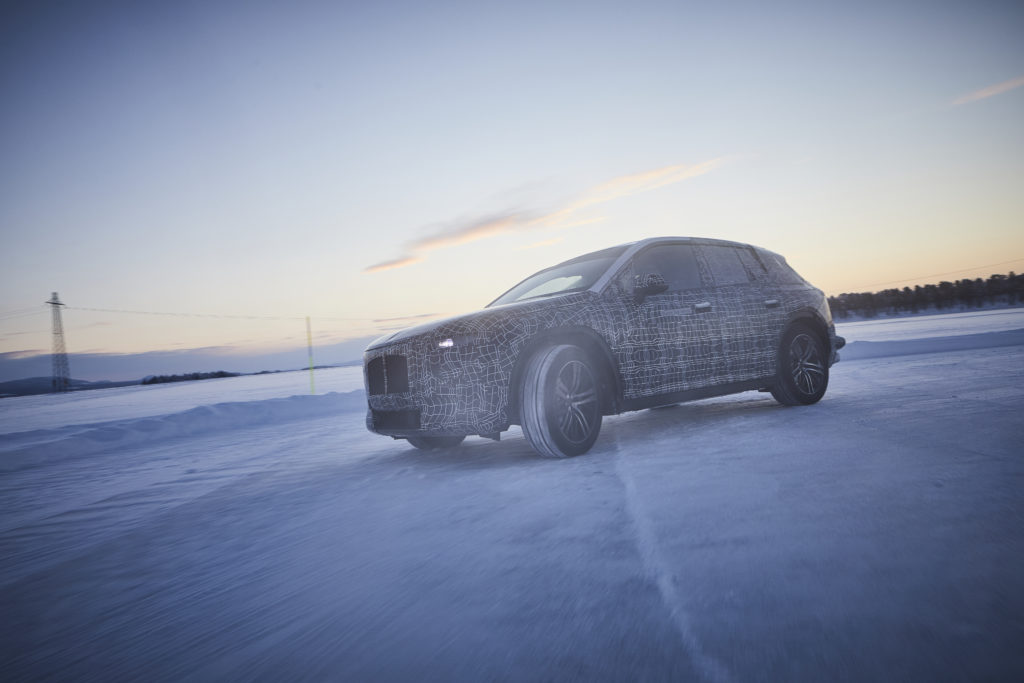
When it comes to the motivational source itself, the biggest challenges posed by the extreme cold are faced by the drive motor, battery and cooling system, and of course what’s responsible for keeping it all in line, the eDrive energy management system. Additionally, and unlike conventionally motivated vehicles which simply deal with increased drag from an air conditioning compressor, climate control systems are another large factor influencing range and overall usability of EVs.
Perfecting the delicate balance of all the various systems and components at work in an electric vehicle, especially one as cutting edge as iNext, is one of the biggest hurdles to bringing one to market, and slogging it out in the cold with test mules is among the most effective ways to coax potential problems out of hiding.
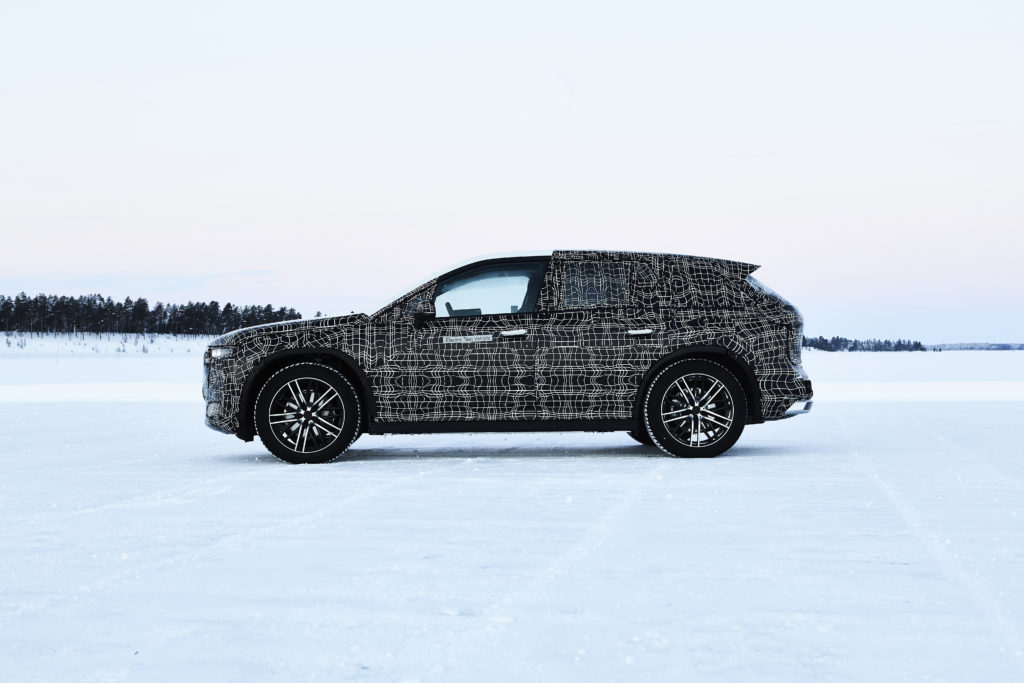
For those keeping track and comparing differences, iNext is also shaping up to be quite a bit more conventional in terms of styling than BMW may have previously indicated with its Vision iNEXT concept. Gone are the suicide doors and exaggerated aerodynamic wheels, while the previously expansive greenhouse, which used large, seemingly uninterrupted portions of glass in some areas, has given way to a much more conventional looking appearance. The same applies to overall styling, which seems much more tame and potentially in-line with the public’s level of tolerance for change; what was once a radical side profile with bulged rear fenders has become much more cohesive and production-ready—exactly what’s necessary to really shake up the segment.—Alex Tock
[Photos courtesy BMW AG.]

